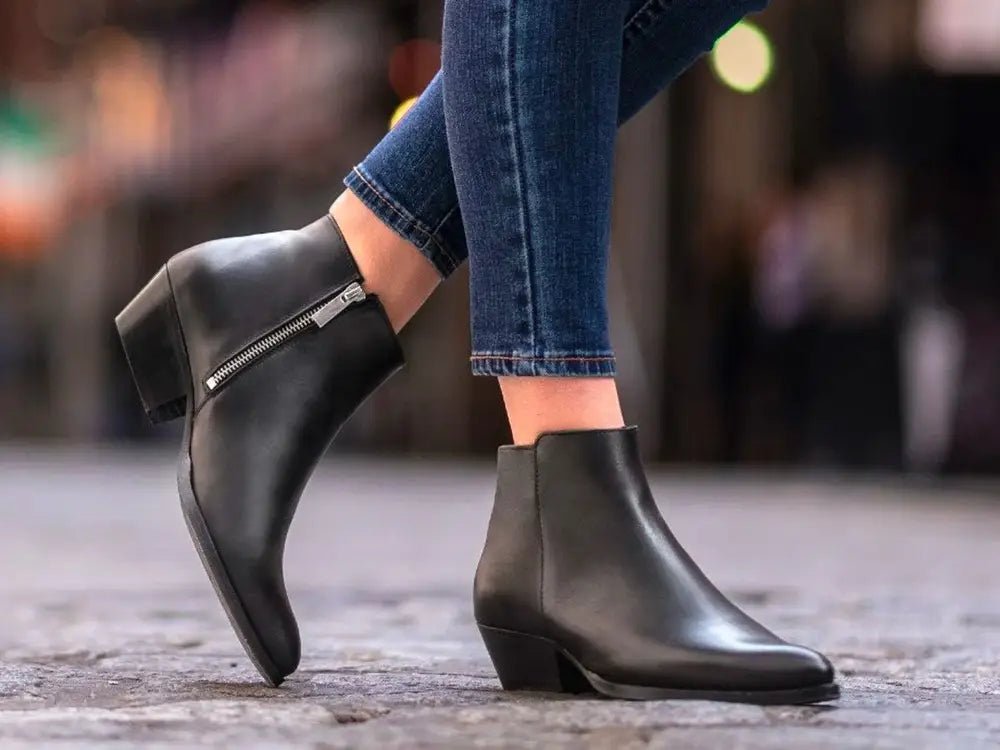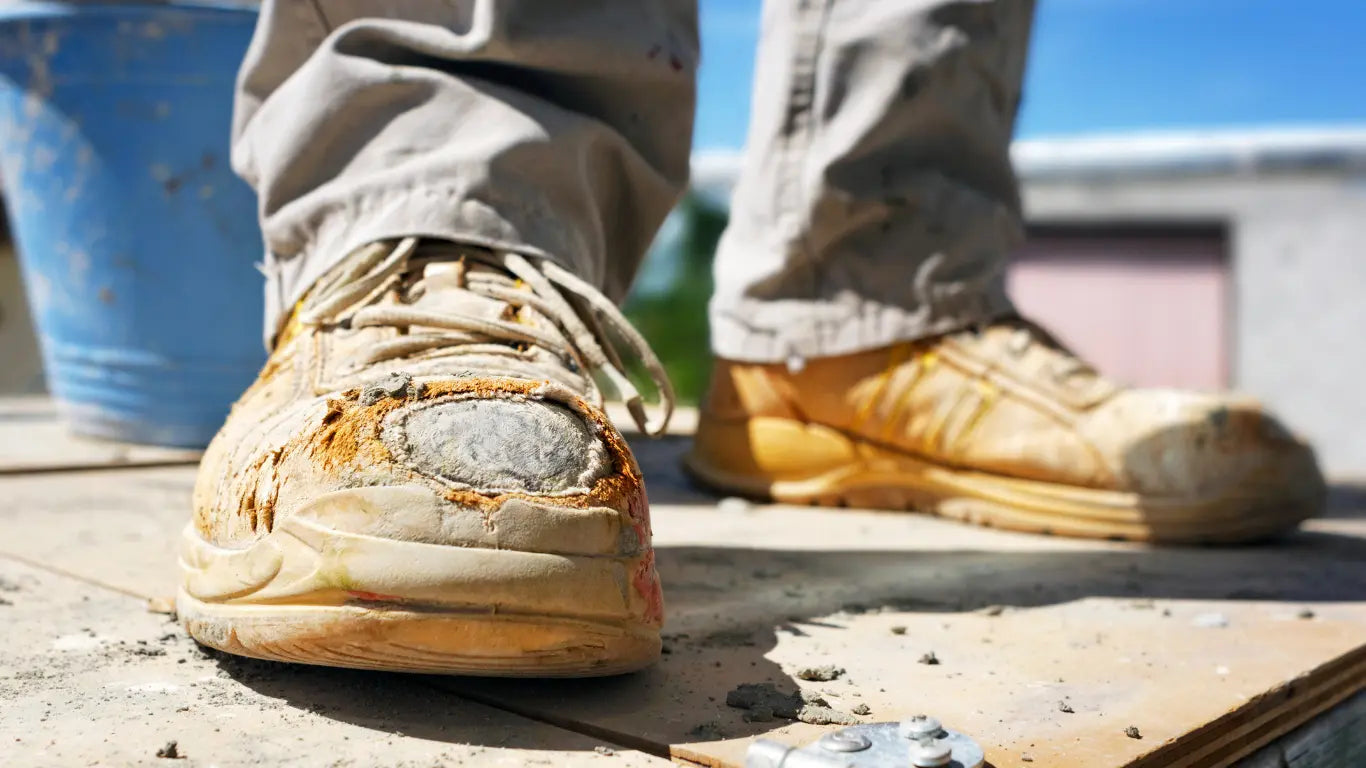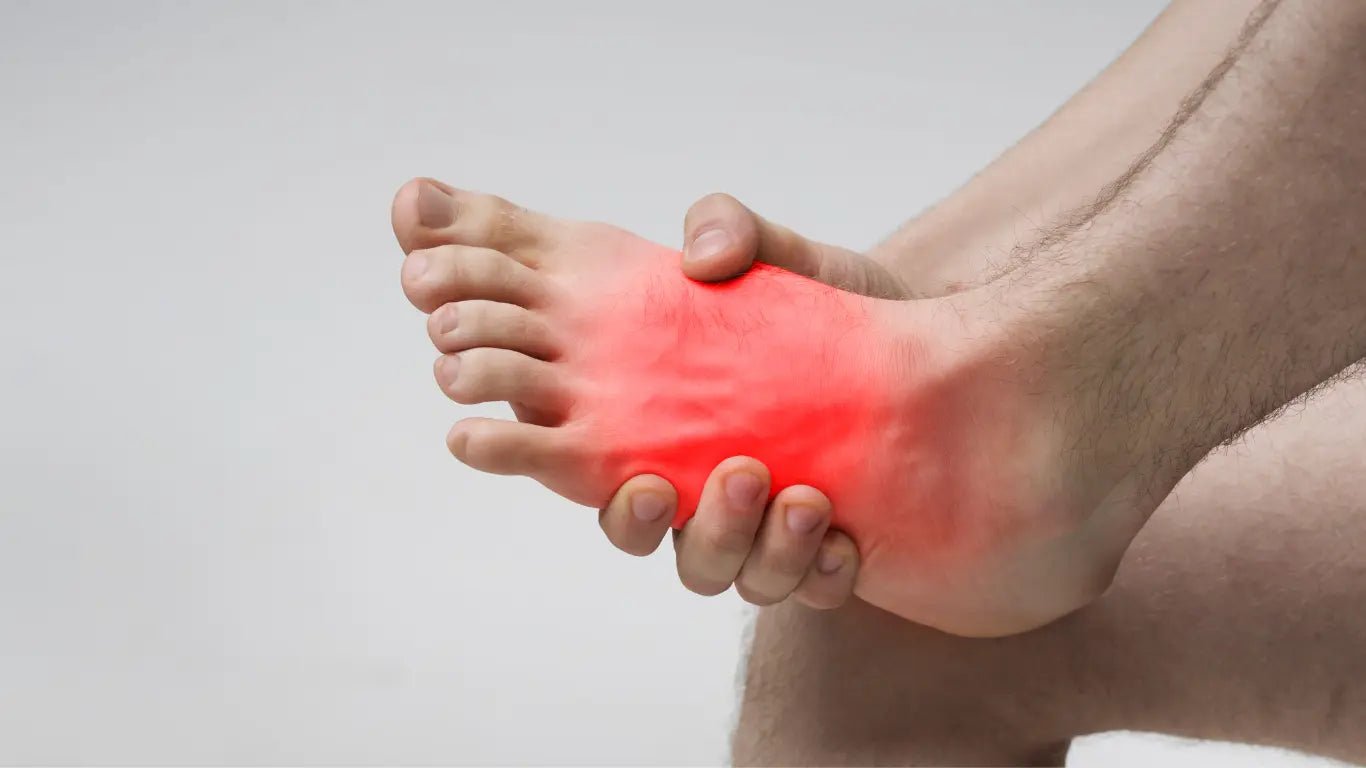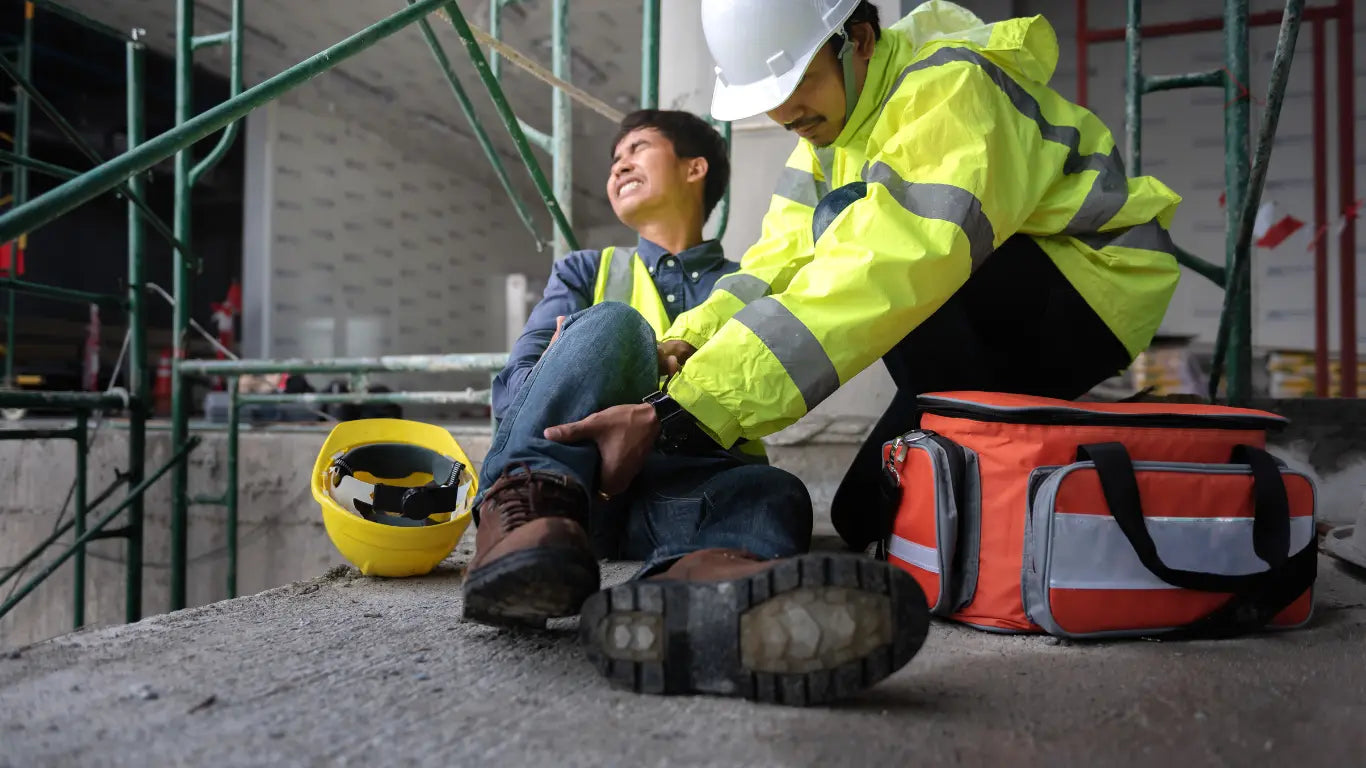A question that I get a lot is “Do you have insoles for my dress shoes, or my tight-fitting shoes?” To their surprise, most of the time my answer to this question, is “definitely.” My job as a Certified Pedorthist & Therapeutic Shoe Fitter is to help people overcome painful foot conditions as well as help with knee, hip, and back pain from mal alignment. My other job is to find proper footwear that my clients are actually going to wear. I call this “integrating fashion and function” and I’m pretty darn good at it. If my clients can give up a little fashion, I can provide the function and we commonly meet in the middle. Orthotics can greatly improve the comfort of a shoe as well as provide the solution needed to overcome a painful foot condition. In this piece I’m going to outline the types of orthotics I use and footwear choices that my clients can and cannot wear orthotics in.
What is Solelytics?
My company, Solelytics, is focused on keeping people active and helping them overcome foot, knee, hip and back pain. I’m a Certified Pedorthist specializing in foot assessments, gait analysis, orthotic solutions and footwear. I’m a unique company in multiple ways.
- I make foot care convenient for my clients as I’m mobile and provide my services in their home or business.
- I make the process and solutions easy. There are no systems to navigate or complex processes to go through.
- I’m affordable. Solutions shouldn’t cost you in the thousands and yes, there are companies that charge that.
- I’m trained and nationally certified in my craft
- I educate my clients about their feet and foot conditions, orthotics, footwear and the benefits of quality socks and compression bracing. I’m also unique in my orthotic offerings.
Orthotic solutions
- Prefabricated Solutions
- Full length orthotics: Medical grade orthotics
- ¾ orthotics: This type of orthotic is the same as above but the forefoot cushioning is removed and the orthotic ends at the shell
- Custom Orthotic Solutions
- Standard custom orthotics: These can be molded to each individual foot on the spot and accommodated to offload pressures for numerous foot conditions
- Low volume custom orthotics: These are the same as above, but are my solutions to fitting orthotics in low volume shoes, such as flats or ankle boots.
- Medical Grade Custom Orthotic Solutions
- These are what you would get from a podiatrist and are for advanced foot conditions or for those needing more than my go-to custom solutions. They are pricier and bulkier than my other custom options, but in some cases are needed.
Now that I’ve touched on the different types of orthotic solutions I have to help people overcome painful foot conditions such as plantar fasciitis, bunions, heel pain, arch pain, achilles tendonitis and more, let’s talk about footwear. Footwear is our foundation and is truly the most important piece of the puzzle. When it comes to fitting orthotics into lower volume footwear, there are two important questions I ask:
Does the shoe have a removable factory inlay?
Does the shoe have a heel counter?
A removable inlay is important because low volume shoes are already tighter fitting than, say athletic shoes. Adding an orthotic to this already tighter fitting shoe can take out too much volume and now it’s very uncomfortable. I can work with, in most instances, footwear that doesn’t have a removable inlay as I’ve found they are not removable in a fair amount of dress/casual shoes but it’s a consideration, nonetheless. As for footwear needing a heel counter (the back part of the shoe) for orthotics, this is non-negotiable. For orthotics to function properly, a shoe needs a heel counter to provide structure and stability. Now for the fun part… Let’s outline the footwear you can wear orthotics in and what you can’t wear orthotics in when you work with me… And I know you’re going to be pleasantly surprised!
Footwear I can fit orthotics into:
Normal to High Volume Shoes
|
Running/Walking |
Hiking |
|
Some sports specific like court or basketball |
Casual |
|
Work boots |
Dress |
Low Volume Shoes
|
Soccer cleats |
Track spikes |
|
Men’s dress w/out removable inlay |
Women’s dress flats |
|
Women’s Ankle boots |
Women’s pumps 1” heel or less |
Footwear I cannot fit orthotics into
|
Sandals |
High heels above 1” |
|
Some clogs |
Flip flops |
Getting the perfect fit
Another common situation I run into with clients is they purchase new footwear, the orthotics fit in great and the shoe fits-but not perfectly. Maybe the toes are a little tight, or the heel slips a bit too much. Or in the case of a bunion, it’s rubbing against the top of the shoe. In a lot of cases, without someone like me, one would think that they now need to find another pair of shoes as the ones they thought fit great, are off just a bit. I’m here to tell you that I have tools of the trade and some tricks up my sleeve solve these kinds of problems. Yes, I can get a pair of shoes to fit 90%-95% perfectly so you don’t have to give up what you love to wear.
Pretty simple, right?!? Here’s the takeaway from all of this: If you, the client, can meet me a little and work with the fashion vs. function model, I can keep you in most of your stylish footwear and provide the support and comfort you need and want. If you’re experiencing a painful foot condition, or knee, hip, or back pain and just aren’t sure where to begin, please get in touch. I’m here for you.
Bryan Acheson, CPed | (804) 821-1321 | Bryan@solelytics.com
Serving Colonial Heights, Chester, Chesterfield, Midlothian, Hopewell, Dinwiddie, Petersburg, and the Richmond Metro area.
***These areas are not inclusive, and other service areas may be available upon request***
--I am a Board Certified Pedorthist, Therapeutic Shoe Fitter, and owner of Solelytics. I am not a medical doctor or podiatrist. I have been trained in certified in foot assessments, gait analysis, orthotic fabrication and fitting and footwear fitting. As a Certified Pedorthist I cannot diagnose foot conditions nor prescribe remedies for foot conditions. If you are experiencing a severe foot condition or one that is chronic and will not remedy itself after over-the-counter intervention, I always recommend you make an appointment with a podiatrist or medical professional--






